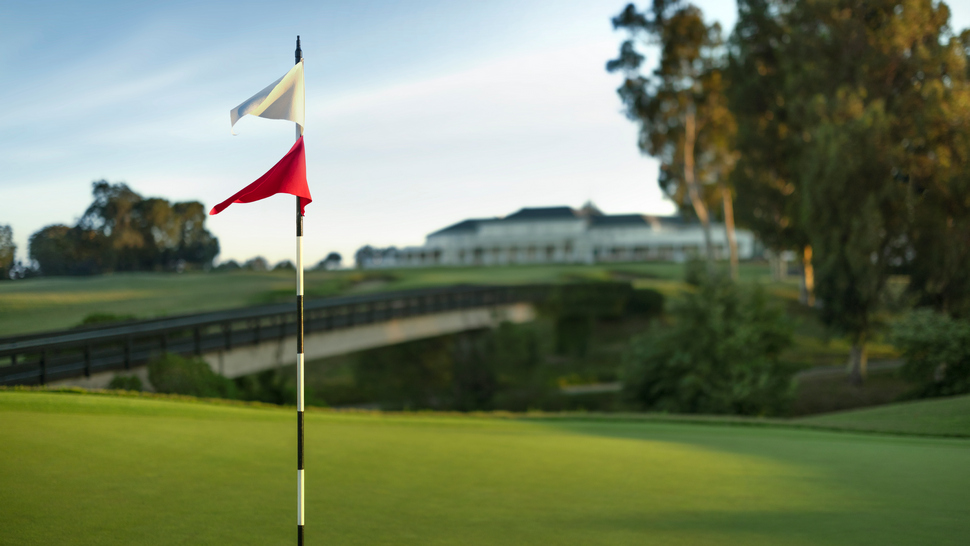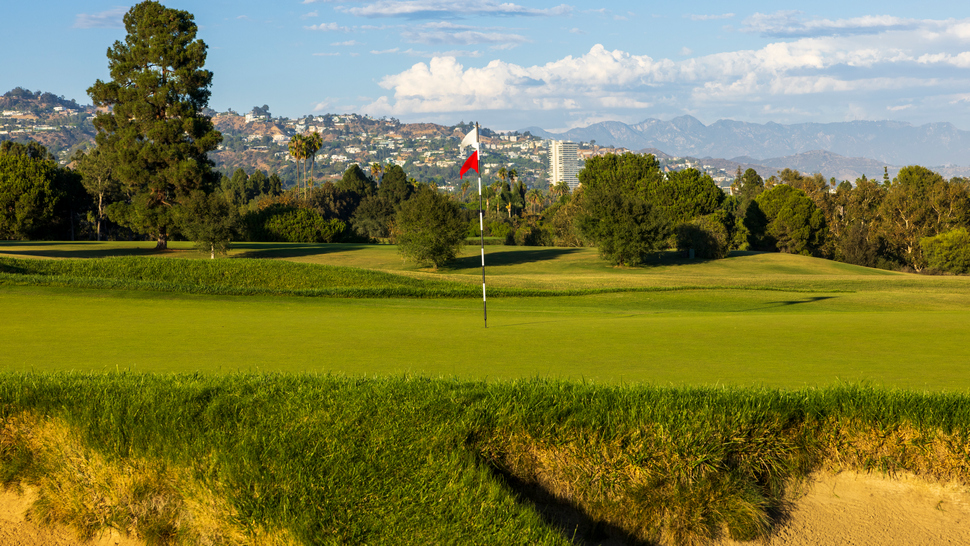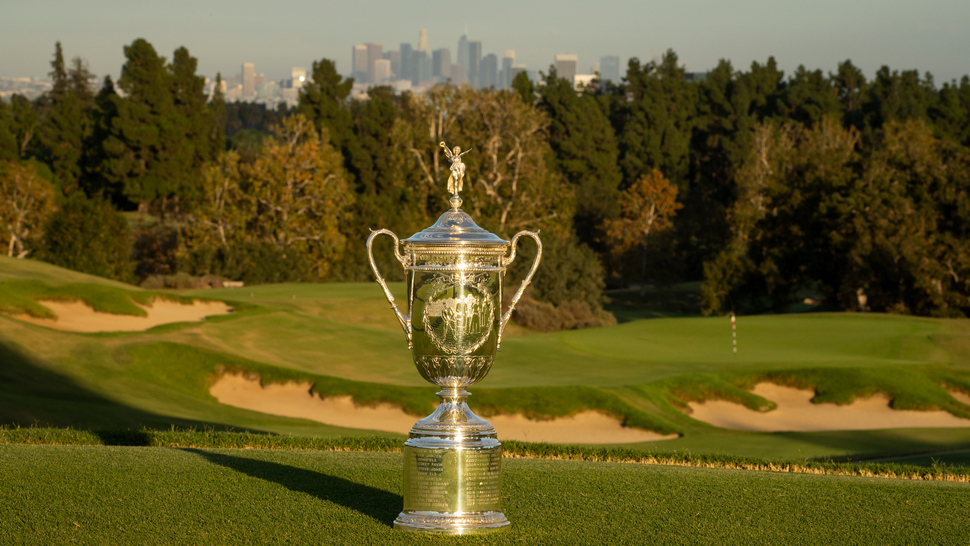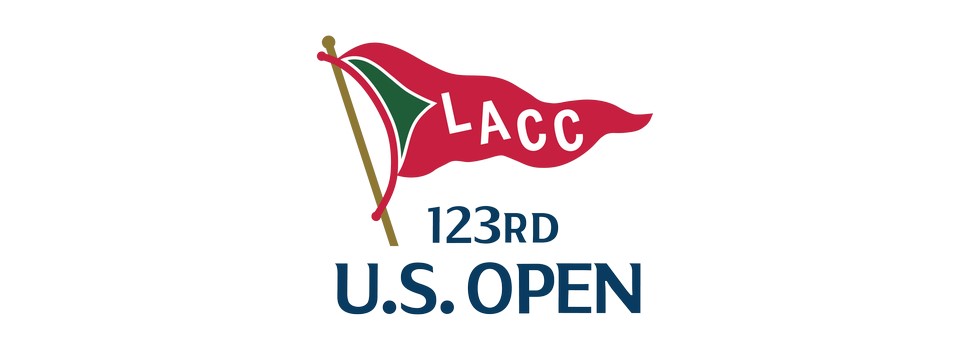How private is Los Angeles Country Club?
Okay, you’ve just won acting’s most prestigious prize, the Oscar, and you’re an active golfer and now have your sights set on joining the most noteworthy club in the immediate Los Angeles area.
You’ve heard so much about The Los Angeles Country Club and have your heart set on putting forward your credentials for consideration.
There’s only one small issue.
LACC will in all likelihood reject your interest, politely but ever so firmly.
For years, LACC maintained the darkest veils of privacy. It still does. This included, until this year, the United States Golf Association (USGA) and its desire to have its most prestigious championship played there.
The USGA for years attempted a number of failed overtures to get the club to hold its most celebrated event. The more the association attempted its pleas, the more the club said thanks but no thanks.
LACC represents a slice of Los Angeles that dates back to its infancy when the community was laying in place the foundation for what would become the booming Southern California landscape that one sees today.
The beginnings of the 1899 club harken back to one of its co-founders Joseph Sartori. The Iowa-born banker became the impetus for the rise of LACC after he was introduced to the game of golf by a friend. When the clubhouse opened in 1911, Sartori was elected president and remained in the position until his death in 1946.
The Sartori Invitational, which started in 1953, is one of the country’s most acclaimed two-man amateur team events. Long-time ABC-sportscaster Keith Jackson was a member of LACC and provided the commentary at the Sartori Invitational.
LACC’s origins represented “old money.” The kind that transformed this coastal desert town of the late 19th century into a glittering metropolis that trails only New York City as America’s largest city.
The discovery of oil and the skillful manipulation in delivering much-needed water from the Colorado River played a central role in providing the developmental floor and overall appeal of Los Angeles.
Great year-round weather, coupled with a vast range of job opportunities, tied to available real estate provided the fuel for lift-off with no perceived boundaries. Real estate development happened rapidly and with the rise of the automobile vast swaths of previously undeveloped farmland became a hotbed for families and businesses to grow.
LACC is situated on 320 acres of prime real estate. Located at the intersections of Santa Monica and Wilshire Boulevards. Private estimates have valued the land today at $3 billion with an acre of land estimated to be worth $20m.
Many actors and celebrities have, or have had, properties on or around the golf course.
Celebrity homes you can see from the 2023 U.S. Open at Los Angeles Country Club |
| Lionel Richie’s mansion
Playboy Mansion Aaron Spelling’s house Sean “Diddy” Combs’ home |
Even when the motion picture industry started to rise in the early part of the 20th century, LACC maintained a strict separation between itself and those individuals actively involved with it.

One of the reasons for the clear wall of separation was because of the number of Jews that worked in the motion picture field. Golf was growing rapidly in the 1920s and other clubs soon became available to those snubbed at LACC.
Notable stars such as Bing Crosby wanted to join and even though the singer was an avid golfer and played at a quality level he was summarily rejected. Crosby played his golf at nearby Lakeside Country Club.
Groucho Marx famously said, “I refuse to join any club that would have me as a member.” LACC was quick to oblige and the famed comedian became a member of the Jewish-based membership at nearby Hillcrest Country Club.
Jews and black golfers did not become members of LACC until the 1990s. Fred Couples, the PGA TOUR star, is a member.
It’s been famously reported that when a member once recommended an actor to join, not only was the actor refused but the member who sponsored him was summarily kicked out of the club too.
But the membership rolls did include Ronald Reagan. One can only imagine the title “President of the United States” outweighed his previous involvement as President of the Screen Actors Guild Association.

The formality of the club extended to clothing requirements. Men were expected to wear jackets and ties during formal dinners. Women were expected to dress in skirts. Those requirements have been softened with other less formal situations and today a mixed grill is provided.
LACC did come close in 1986 to hosting the U.S. Open then but supposedly the vote was 5-4 against. Interestingly, the rejection paved the way for the involvement of Shinnecock Hills, which has now become an ongoing host participant in staging the U.S. Open.
Prior to this year’s U.S. Open, the club did host three earlier USGA events. And in years prior did play host to several professional Los Angeles Open events.

Related: The Miller mystique, Johnny’s journey
Part of the power of LACC’s privacy has come from the zeal by which fawning prospects remain ever-eager to become members. And the resulting pushback from inviting many of them has only rapidly escalated the stature of those few able to do so and spurred on others to keep trying.
One local media source mentioned senior leadership at LACC viewed the U.S. Open on the same level as the Sartori Invitational. Yes, the championship of American golf plays the role of a supporting actor in the club’s archives.
After Sunday’s final round concludes the walls of privacy will once again be erected until a return of the U.S. Open in 2039. If at any stage you are given the opportunity to experience it for yourself, our advice is to jump on the opportunity, as they don’t come around often, no matter who you are!

